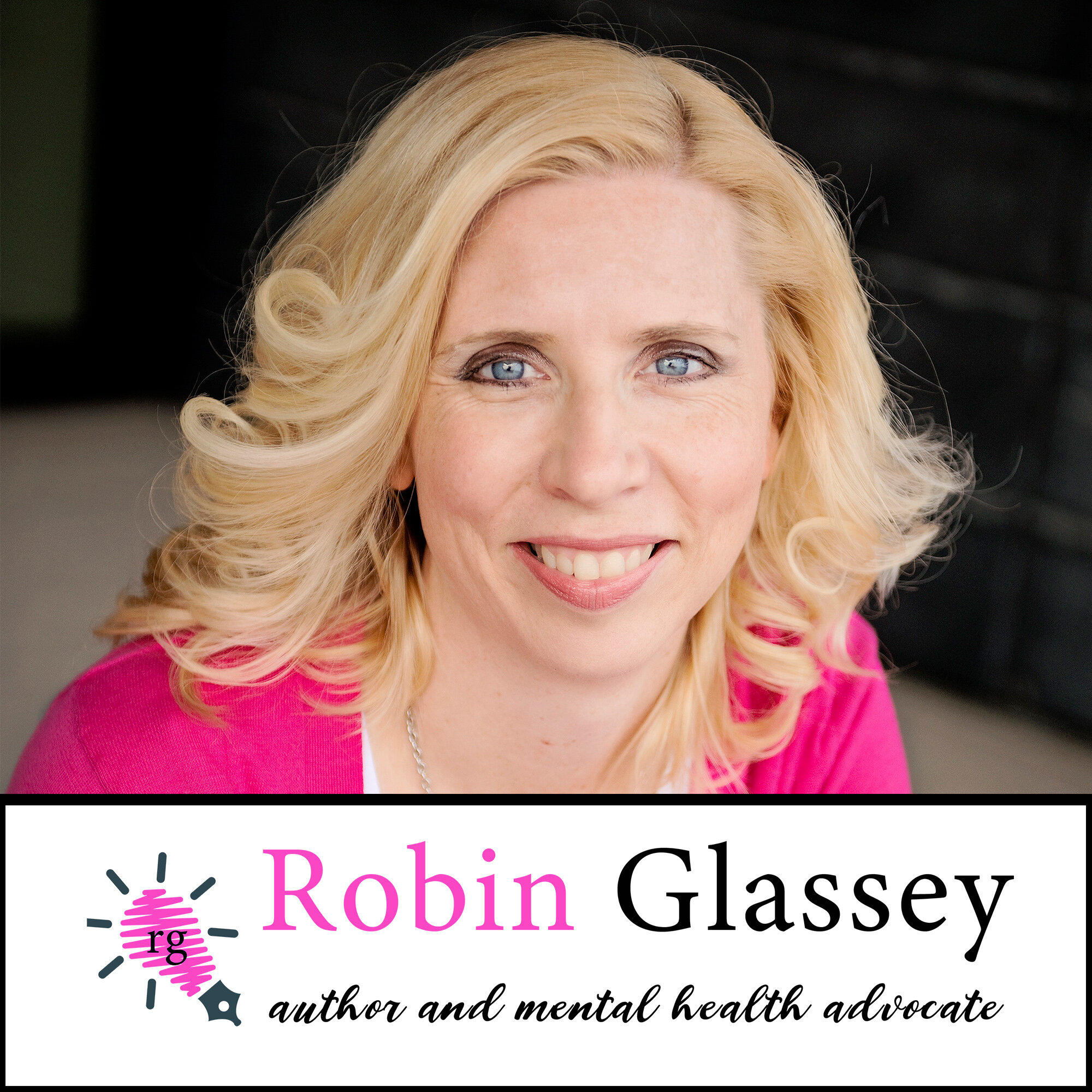COVID-19 and America’s Mental Health Crisis – The Bitter Taste of the “Stay Home Stay Safe” Slogan
Image by Miroslave Chirenova - Pixabay
When COVID-19 hit in 2020, the virus took the world by surprise, hitting countries, communities, families, and individuals hard. Much harder than expected.
Some families embraced the "Stay home, Stay safe" slogan, using it as an opportunity to bake bread, reconnect with family, and discover new talents. However, this same slogan has left a bitter taste in the mouths of those already in the midst of a mental health crisis.
Imagine your house is on fire. You see fire trucks responding to calls, you've watched news stories of brave firefighters tackling the most challenging fires.
You dial for help. The line is busy. You try again, but you can't get through the automated system.
You work your way down a list of community resources, but with each phone call, your pleas for help are rejected for one reason or another. "Sorry, you live outside our service area." "We can't help you; you don't qualify for our services." "Your house is too old." "Your house is too young."
Then COVID hits, and government officials declare you must "stay home and stay safe."
You consider inviting these same officials to stay in your home for a weekend to see how "safe" they feel.
Before COVID struck, the U.S. was already experiencing a mental health crisis, a shortage of mental health services and providers, and a problem with access to insurance benefits.
"Stay home, stay safe" has become more than a slogan. It's become a part of American history and a part of the time as Americans we've spent in our homes quarantined. Some have used that time to reevaluate their priorities and reconnect with friends and family. Others have swished the bitter slogan around in their mouths, barely hanging on until the second when they could be let out of their homes and spit those words out.
So, what about people who were already diagnosed with depression and trauma before COVID-19?
Not only are individuals being given orders to stay home, but access to some services at the very beginning of the shut down were unavailable or limited.
Ongoing school closures with learning shifting to an online format adds disruption, trauma, and stress to many children and families already dealing with mental illness and all that comes with it. Parents struggling to find self-care time before the school closures and quarantines were instituted have found themselves homebound with anxious, angry, and non-compliant "students."
Some parents who had teens in residential treatment programs have had their teens sent home due to facility closures because of COVID. Facility closures have put family members at risk for domestic violence due to teens being home who weren't ready to be home. Their homes are "on fire."
COVID-19 has certainly done its part to shine a small spotlight on the impact of a traumatic event and mental health. However, our culture puts mental health on the back burner - as though physical issues always trump mental health.
We see this with the ongoing quarantine restrictions at the expense of individual and family mental health, at the expense of small businesses and loss of jobs, which can lead to mental health issues.
At the beginning of 2021, I was excited for a new year, for the opportunity to have my youngest son return to in-person learning. With his first week back at school, I was finally able to tackle some of the items in the giant pile that had accumulated when COVID-19 struck. (Maybe get one of the insurance appeals finished that has been on the back burner.)
But I was too optimistic, I suppose. My son's school emailed last night to advise that their Covid numbers are already at 1%. They are shifting to online learning for ten days. He is required to attend his zoom classes from 7:30 am to 2:30 pm. The pile of paperwork will accumulate some more as
I sit next to him from 7:30 to 2:30. I will keep him on track with his classes. But what else will get done? Not much. There won't be much left of me to give. Not when you're raising kids with challenges.
Stay home, stay safe. What does this mean to you?
The truth is, it doesn't mean safety for everyone.
We need leaders and state educators to help EVERYONE stay safe, not just now during COVID-19 but moving forward.
If you can relate to your house being “on fire,” don’t stay silent and let your home burn down around you.
Spread the word. Yyou can let your local and state leaders and educators know you want and need changes by simply sharing this post with them.
I’m more than happy to give them some suggestions of how they can help.
Robin Glassey
Robin Glassey is a clean YA author, an adoptive mom, and a mental health advocate working to bring down artificial barriers that prevent access to mental health treatment.
#kindness matters



